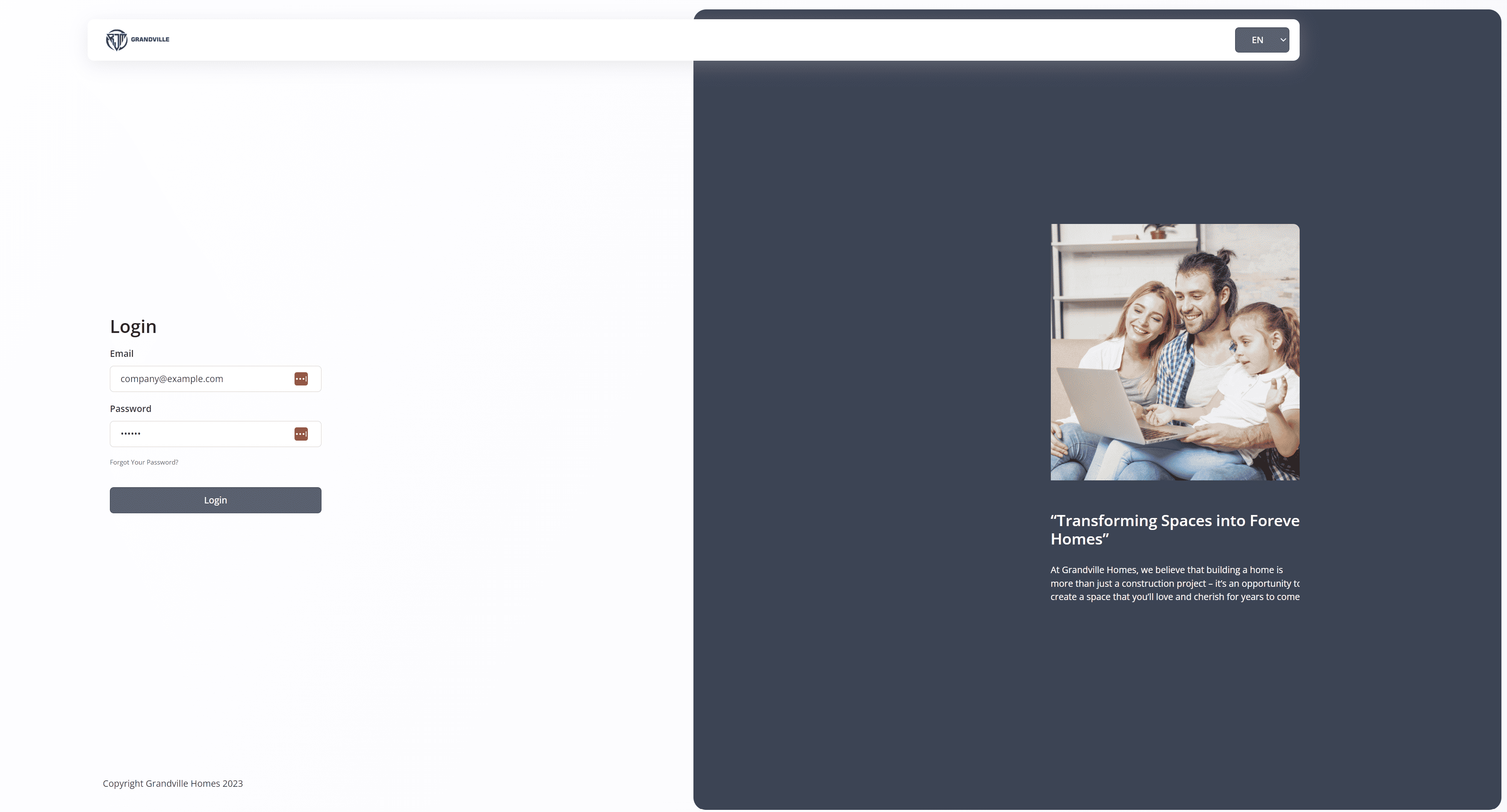Navigating Design Limitations and Regulations
Drop a Line if you have a Question!
Limitations and Regulations
Are you struggling to navigate design limitations and regulations? Look no further!
This article will guide you through the process of understanding design constraints and complying with regulatory guidelines.
Discover strategies to overcome technical limitations and work within design regulations.
Get ready to navigate the complexities of design standards with ease.

Understanding Design Constraints
Understanding the design constraints is crucial when navigating through various design limitations and regulations. As a designer, you need to be aware of the boundaries within which you can work, whether it’s the size and shape of a product or the materials you can use.
By understanding these constraints, you can create innovative designs that meet both aesthetic and functional requirements. For example, if you are designing a building in a historic district, you may need to adhere to specific architectural styles or materials.
Similarly, if you are designing a product that will be used in a specific industry, you may need to comply with industry-specific regulations. By understanding and working within these constraints, you can create designs that not only meet the needs of your clients but also comply with the necessary regulations.
Compliance With Regulatory Guidelines
To comply with regulatory guidelines, it’s important to stay up-to-date on the latest industry standards.
As a designer, keeping yourself informed about the ever-changing regulations is crucial. Not only does it ensure that your work meets the necessary requirements, but it also helps you avoid any potential legal issues or penalties.
By staying current with industry standards, you can proactively address any limitations or restrictions that may arise during the design process. This proactive approach allows you to make necessary adjustments and modifications to your designs, ensuring that they are compliant and meet all regulatory guidelines.
Additionally, staying updated on the latest industry standards enables you to remain competitive in the market, as clients and consumers increasingly prioritize products that adhere to regulatory guidelines.
Overcoming Technical Limitations
Staying informed about the latest industry standards helps you navigate and overcome technical limitations in your designs.
By keeping up to date with the advancements in your field, you can identify potential challenges and find creative solutions to address them.
Understanding the latest technologies and best practices allows you to push the boundaries of what is possible and deliver innovative designs that meet the needs of your clients and users.
Additionally, staying informed about industry standards helps you anticipate and adapt to changes in regulations and requirements, ensuring that your designs remain compliant and safe.
Regularly attending industry conferences, conducting research, and networking with other professionals are all effective ways to stay informed and continuously improve your design skills.
Strategies for Working Within Design Regulations
By familiarizing yourself with industry regulations, you can effectively work within the guidelines and deliver compliant designs that meet all necessary standards. Understanding the specific regulations that govern your industry is crucial for ensuring that your designs are not only aesthetically pleasing but also safe and functional.
By staying up-to-date with the latest regulations and design standards, you can proactively address any potential issues or limitations that may arise during the design process. This includes considerations such as materials, dimensions, and structural requirements.
Additionally, collaborating with other professionals who have experience working within design regulations can provide valuable insights and guidance. By adhering to these regulations, you can design with confidence, knowing that your work is compliant and meets all necessary standards.
Navigating the Complexities of Design Standards
Understanding the complexities of design standards can be challenging, but it is essential for creating compliant and high-quality designs.
When navigating these standards, you must stay informed about the latest codes and regulations that apply to your specific design project. This means keeping up with industry changes and staying in touch with regulatory bodies.
It is also important to understand how different design elements, such as materials and dimensions, can affect compliance.
By taking the time to understand these standards, you can ensure that your designs meet all necessary requirements and avoid costly mistakes.
Additionally, paying attention to design standards can help you create designs that are not only compliant but also of the highest quality.
It is worth the effort to invest in your understanding of design standards, as it will ultimately lead to better outcomes for your projects.
Conclusion
So, as you navigate design limitations and regulations, remember to keep an open mind and embrace the challenges that come your way.
By understanding design constraints, complying with regulatory guidelines, and overcoming technical limitations, you can find innovative solutions and create impactful designs.
Remember to always stay informed about the latest design standards and develop strategies to work within them.
With determination and creativity, you can successfully navigate the complexities of design regulations and achieve your desired outcomes.

Have a question?
Become a























